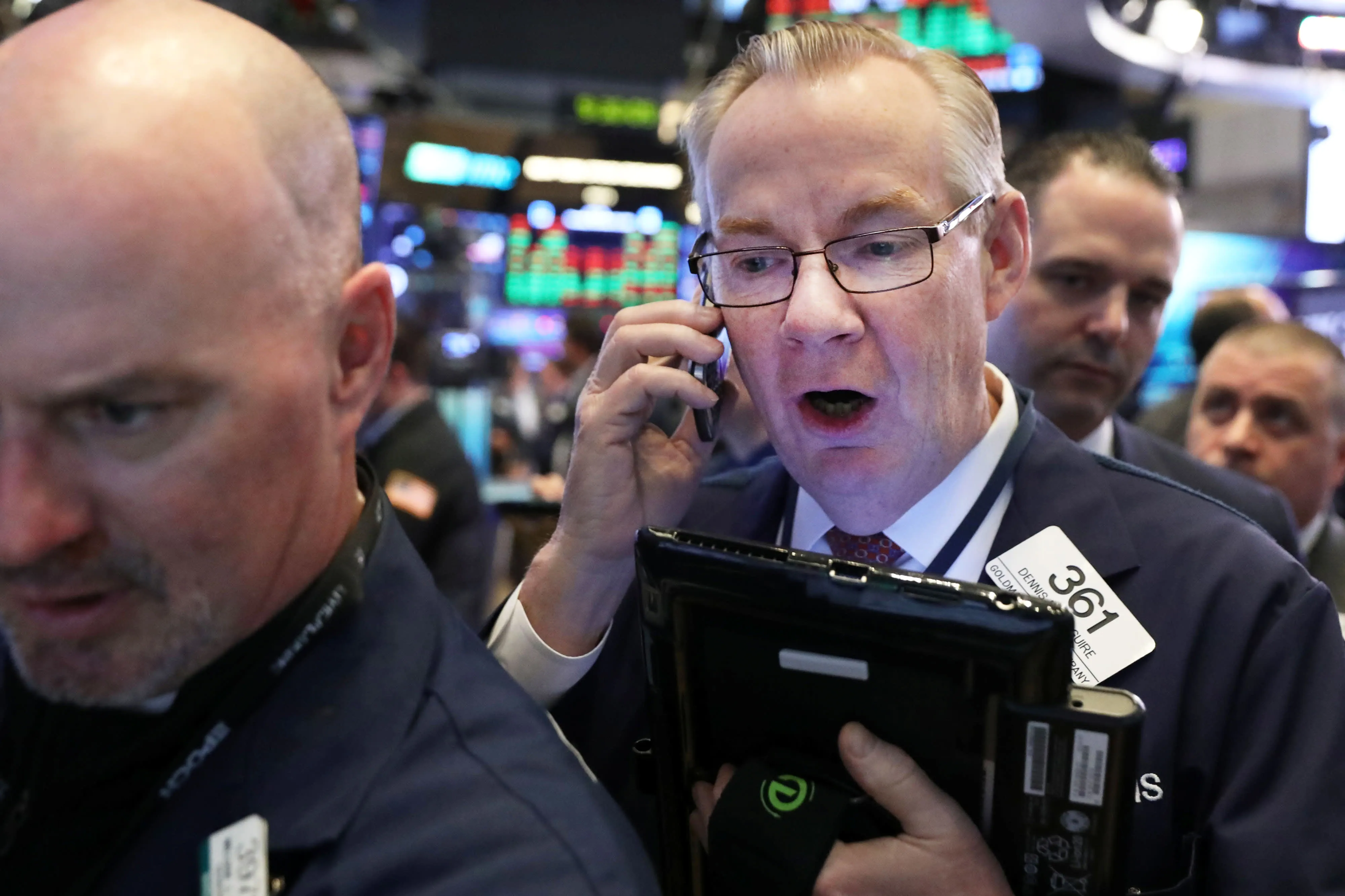Investing in Buffer ETFs Keeps Booming, and Wall Street Now Thinks Investors Want More Options
Buffer ETFs continue to draw significant attention and capital from investors, and fund providers are seizing the opportunity by rolling out new variations to ride the wave of demand.
According to ETF Action data compiled by Strategas, March marked a record-breaking month for inflows into buffer ETFs, pushing total assets across the category to over $70 billion. Despite a recent slowdown that coincided with the market’s recovery, inflows through the end of June were still ahead of last year’s pace, suggesting the category may be on track to set another annual record.
At their core, buffer ETFs are structured to offer downside protection while giving up some potential gains. These funds gain exposure to broad market benchmarks, such as the S&P 500, through long-dated options. The options are designed so that the ETF can shield investors from a certain percentage of market losses — hence the “buffer.” However, this safety net comes at a cost: if the market rallies sharply, investors may not fully participate in the upside.
“Most investors aren’t looking to hit home runs,” said Michael Sapir, CEO of ProShares. “They’re aiming for decent returns while prioritizing the protection of their capital. The downside is their main concern.”
As interest in buffer ETFs has grown, so too has the diversity within the category. Fund issuers are experimenting with timelines, structures, and even risk exposures to appeal to a broader range of investors. For instance, Innovator ETFs recently debuted products that could potentially generate gains during certain market declines by incorporating a short position into their options strategy.
Meanwhile, ProShares launched a suite of “dynamic” buffer ETFs that reset daily, capitalizing on the surge in zero-day options trading. Even Ark Invest, the firm known for backing high-volatility tech stocks, has submitted filings to launch its own line of buffer ETFs linked to its existing funds.
Some new entrants in the category are shifting the emphasis from protection to performance. The FT Vest Accelerator series, for example, sacrifices a bit of initial upside in exchange for the chance at greater returns during strong market rallies.
“While buffer ETFs are generally appreciated as tools for limiting downside, there’s flexibility in how the payoff is distributed,” said Karan Sood, CEO of Vest Financial, which manages some of the most popular traditional buffer ETFs. “There are creative ways to reshape the structure depending on investor goals.”
The concept of buffer ETFs evolved from earlier investment vehicles like structured products and mutual funds. However, the popularity of buffer ETFs surged after the 2022 market downturn, when both stocks and bonds lost value — prompting many investors to seek alternatives that could offer added downside protection.
So far, these products have generally delivered on their promise. Morningstar analyst Jeffrey Ptak conducted a study of buffer ETF performance over five years ending in February and found that many funds met their stated targets.
That said, buffer ETFs aren’t without risks or trade-offs. For one, most of the longer-term products require investors to buy shares at or near the fund’s launch or rebalancing date and then hold them for the entire term to achieve the advertised result.
This requirement has led issuers to offer funds with staggered start dates to give investors more entry points, but it also complicates performance comparisons across products. ProShares’ dynamic buffer series attempts to resolve this issue with a daily reset feature, though the effectiveness of this strategy remains to be seen, as the funds are still new.
Moreover, even when a buffer ETF performs as designed, it may not be the optimal choice for everyone. Over extended periods, ETFs with capped upside potential can lag behind the broader market — especially when you factor in their higher fees. Unlike simple index funds, which may cost less than 0.10% annually, buffer ETFs often charge management fees north of 0.75%.
Because of their complexity and structure, buffer ETFs are primarily marketed toward financial advisors. According to Sood, most of the investment in his firm’s products comes not from individual retail investors, but from financial professionals managing client portfolios.
“The bulk of the flows into our buffer ETFs are coming from intermediaries — financial advisors making decisions on behalf of clients,” Sood noted. “They’re becoming power users of these strategies and often incorporate multiple buffer funds to tailor risk exposure.”
In summary, while buffer ETFs offer a compelling value proposition for investors wary of market downturns, they also require careful consideration around timing, performance limitations, and fees. As the market for these products grows and evolves, advisors are likely to remain key players in helping clients navigate the expanding landscape.

Subscribe to our newsletter!
As a leading independent research provider, TradeAlgo keeps you connected from anywhere.








